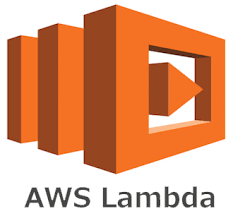21. What is Denormalization?
Denormalization is a strategy used on a previously-normalized database to increase performance. In computing, denormalization is the process of trying to improve the read performance of a database, at the expense of losing some write performance, by adding redundant copies of data or by grouping data.
22. Explain normalization in DBMS ?
Normalization is a process of organizing the data in database for avoiding data redundancy, insertion anomaly, update and deletion anomaly.Database normalization is a database schema design technique, by which an existing schema is modified to minimize redundancy and dependency of data. Normalization split a large table into smaller tables and define relationships between them to increases the clarity in organizing data.
23. Mention the different types of languages that are available in the DBMS ?
Data Definition Language (DDL)
Data Manipulation Language (DML)
Data Control Language (DCL)
Transaction Control Language (TCL)
24. What is Union and Union all and what is the main difference between those?
UNION is used to select related information from two tables, much like the JOIN command.
When using the UNION command all selected columns need to be of the same data type.
Using UNION, only distinct values are selected.
The UNION ALL command is equal to the UNION command, except that UNION ALL selects all values.
The main difference between Union and Union all is : ‘Union all’ will not eliminate duplicate rows.
25. What is referential integrity?
Referential integrity refers to the accuracy and consistency of data within a relationship. In relationships, data is linked between two or more tables. Referential integrity requires that, whenever a foreign key value is used it must reference a valid, existing primary key in the parent table.











